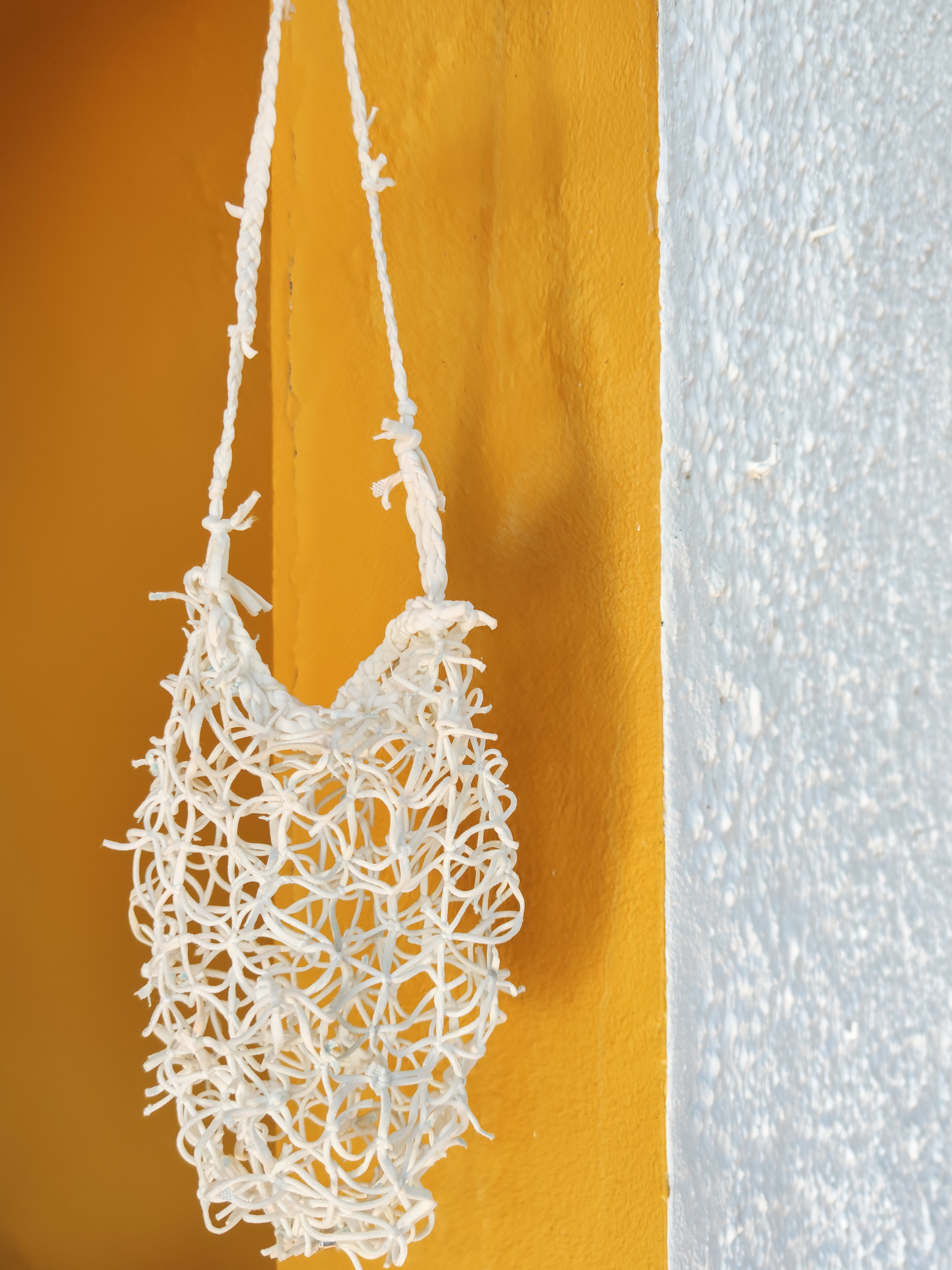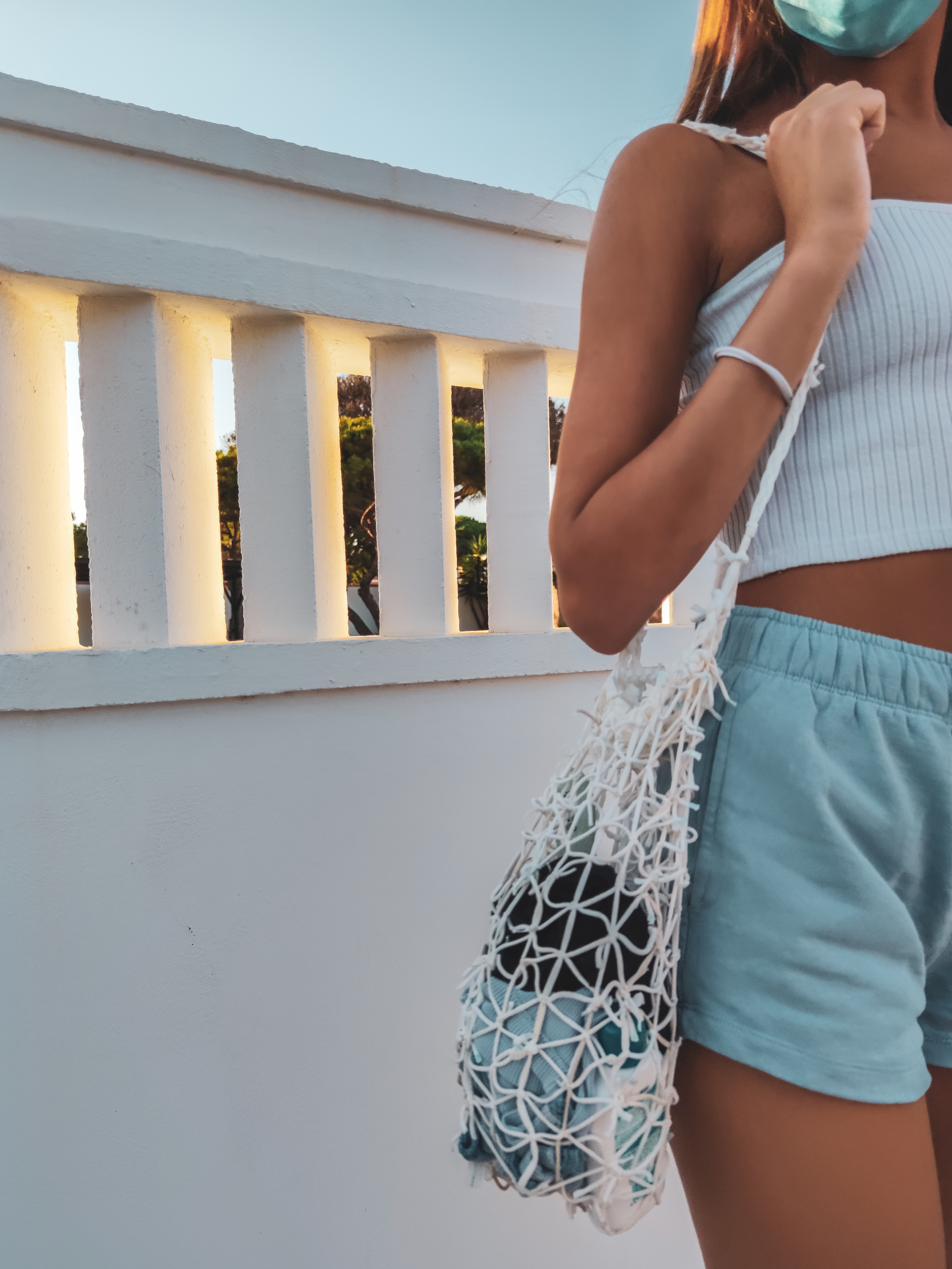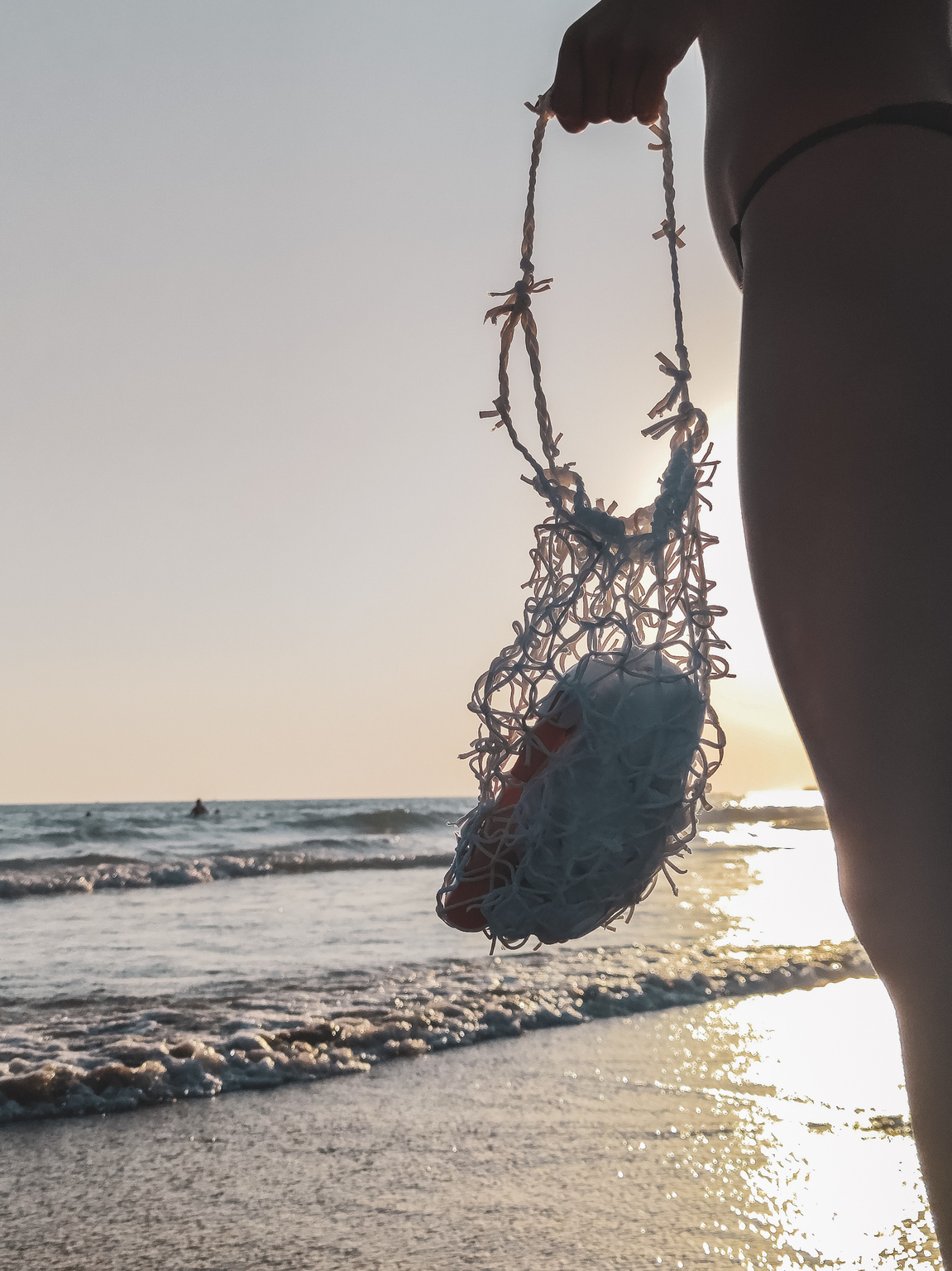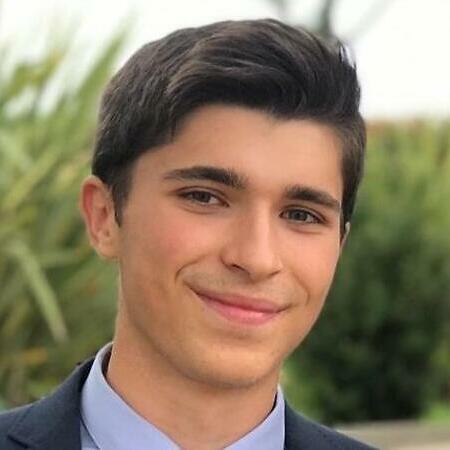Bag-a-mask is a sustainable design that works like a beach bag made with the rubbers of 230 covid masks. Masks worn since the beginning of the pandemic have already begun to flood the streets and oceans.
Their rubber bands, entangled in the legs of seagulls or suffocating turtles are examples of danger to birds and marine animals. Bag-a-mask starts as an individual objective of cutting the rubber bands of the masks before throwing them away to raise awareness among others,and ends, in a totally reused work that contributes to the preservation of the environment and shows the residual impact of masks on it, in addition to showing an example of action, which can be carried individually or collectively, for the reuse and recycling of covid masks.
The bag has been handcrafted using the Macrame technique. Its difficulty lies in the discontinuity of the rope, due to the short length of a rubber mask and the high number of knots required.
Despite this, various types of knots and braids have been made to shape the bag. In order for the rubber bands to adopt the shape of a bag, it was tied around various objects with the desired shape.
Both surgical masks and FFP2 rubbers have been used, the second one for the strongest bonds. The resistance and elasticity of these rubbers are surprising, which moreover demonstrates their low biodegradability.
The result is a work of awareness and impact, reflecting a seafoam net for the collection of the masks, but also proving to be functional. The rubber bands make the perfect material for a light, elastic, resistant, and sand-proof beach bag.
The mask returned to the beach, to keep it and not to throw it away.






